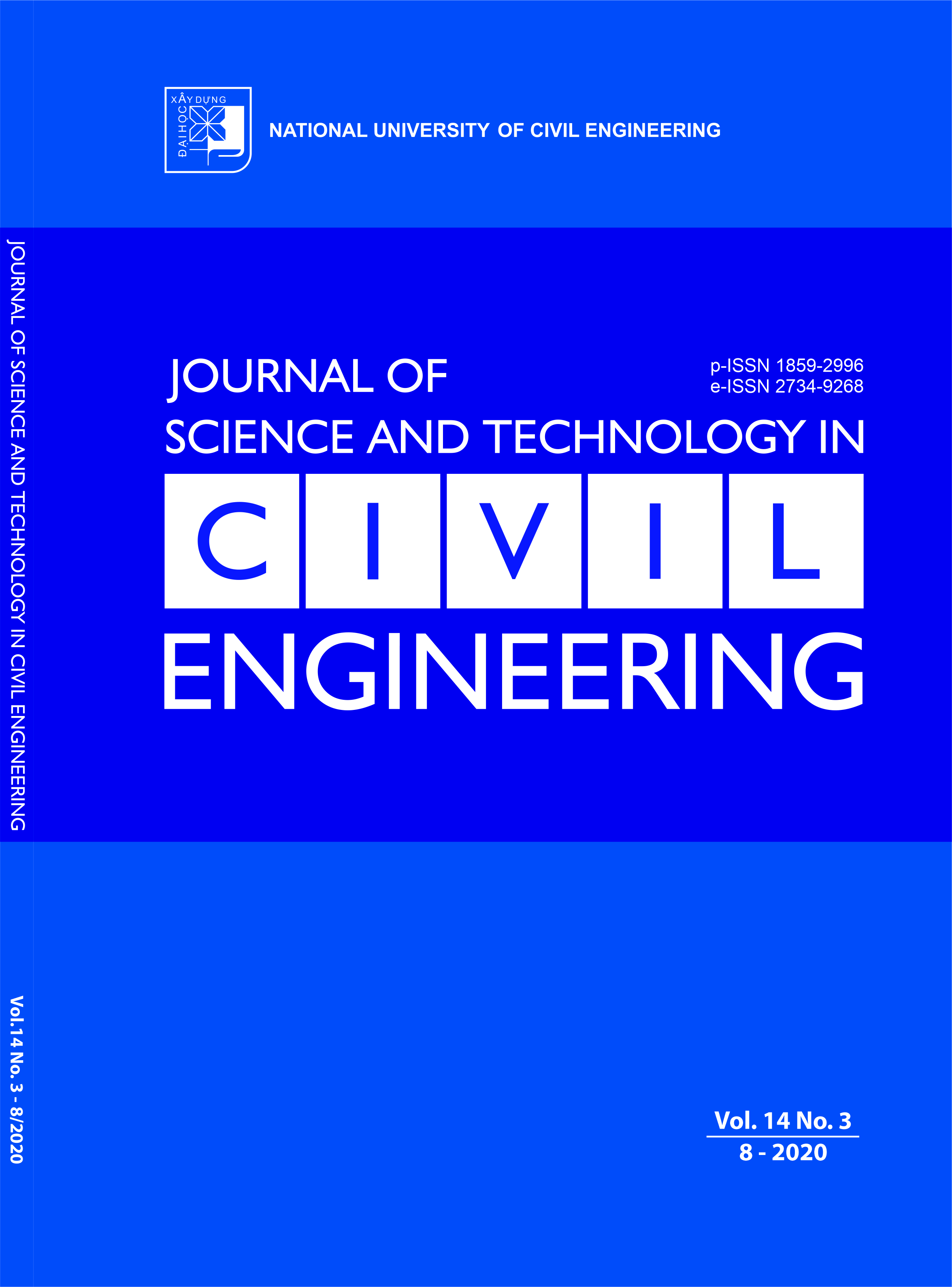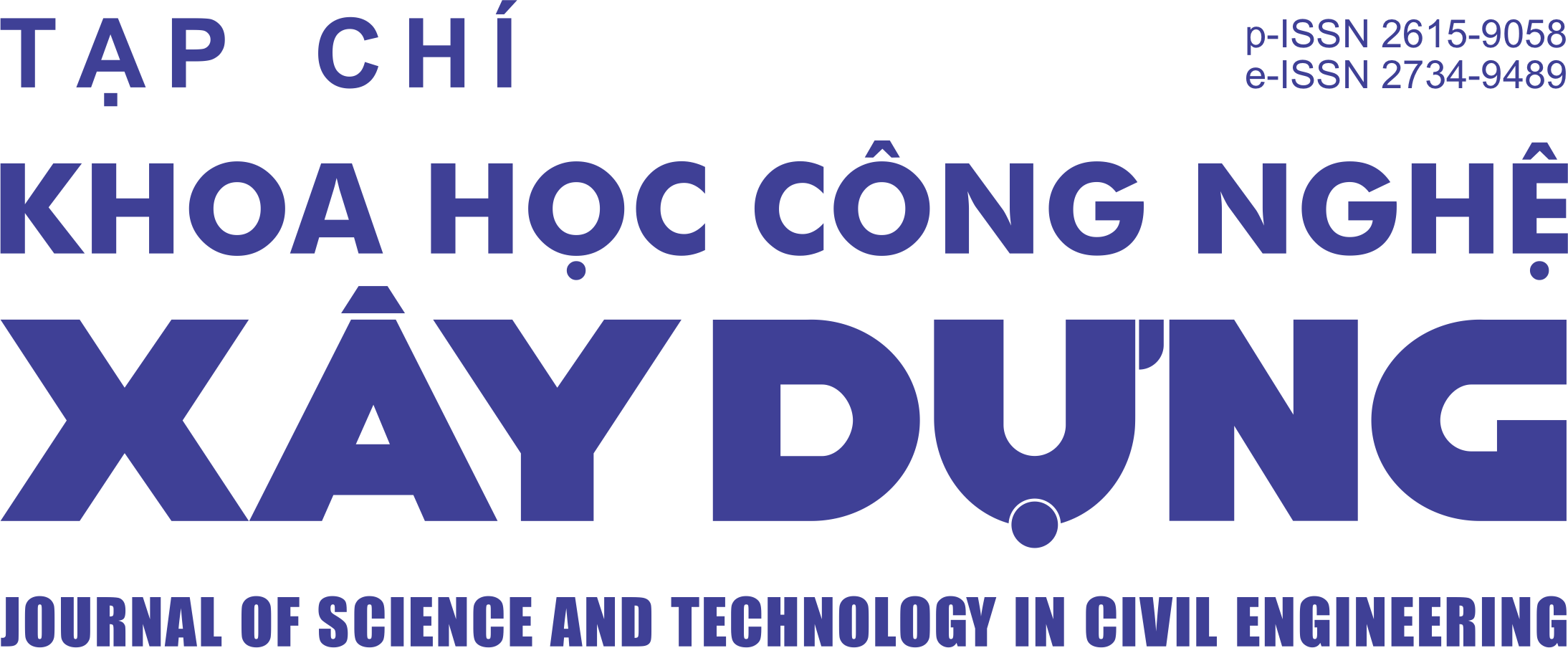Point Foundation (PF) method: Principles and recent research findings
Abstract
Conventionally, cement deep mixing (CDM) columns are designed to have constant diameters over the improved depth as this facilitates the construction procedures. However, this design pattern may be inefficient in cases of spread footings or shallow foundations. This paper first briefly introduces principles, construction procedures and quality control techniques of an innovative CDM method that can create head-enlarged column, named as Point Foundation (PF). The method is practically implemented with a specific binder that is environment-friendly and more effective in strength enhancing compared with the common binder as cement. Static load tests on three instrumented PF columns indicate that the variation trend of induced vertical stress profile along the columns in general is similar to that under the centre of shallow footings on elastic soil medium. However, the stress profile in the (semi-rigid) PF columns is larger than that in elastic soil but less than that in (rigid) PHC pile. This confirms the load transfer mechanism along semi-rigid columns like CDM/PF. Test results also indicate that at the depth of one to two times head diameters the induced stress remains just 20% the applied pressure. Findings on the trend of the induced vertical stress in the columns suggests that the settlement of common shallow footings on CDM/PF column-reinforced grounds should be evaluated using 3D condition taking into account the fact that the induced stress decreases with depth.
Keywords:
ground improvement; Point Foundation (PF); tapered cross section; load transfer mechanism; load-settlement behavior.
Downloads
Copyright (c) 2020 National University of Civil Engineering

This work is licensed under a Creative Commons Attribution-NonCommercial-NoDerivatives 4.0 International License.
1. The Author assigns all copyright in and to the article (the Work) to the Journal of Science and Technology in Civil Engineering (JSTCE) – Hanoi University of Civil Engineering (HUCE), including the right to publish, republish, transmit, sell and distribute the Work in whole or in part in electronic and print editions of the Journal, in all media of expression now known or later developed.
2. By this assignment of copyright to the JSTCE, reproduction, posting, transmission, distribution or other use of the Work in whole or in part in any medium by the Author requires a full citation to the Journal, suitable in form and content as follows: title of article, authors’ names, journal title, volume, issue, year, copyright owner as specified in the Journal, DOI number. Links to the final article published on the website of the Journal are encouraged.
3. The Author and the company/employer agree that any and all copies of the final published version of the Work or any part thereof distributed or posted by them in print or electronic format as permitted herein will include the notice of copyright as stipulated in the Journal and a full citation to the Journal as published on the website.







